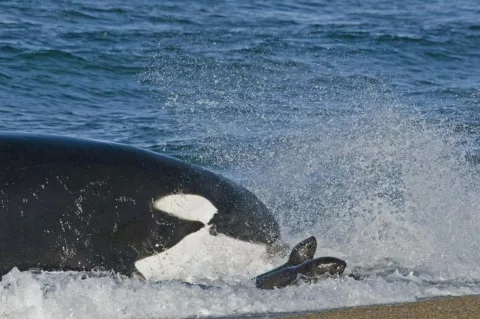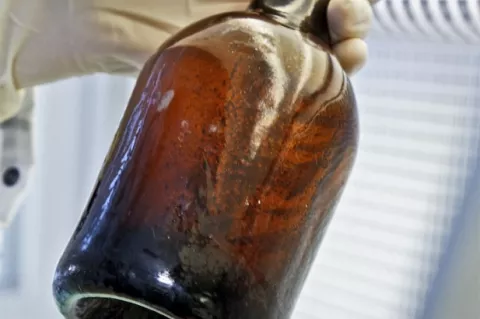Komodo: Indonesia’s Dragon Isle
Komodo Island kept bobbing in and out of my field of vision as we continued to circle in water that was churning. I could almost see the Pacific colliding with the Indian Ocean. Ali, one of the many talented dive guides from the luxury liveaboard Arenui, popped up from the depths and shouted, “The current is going off!”














